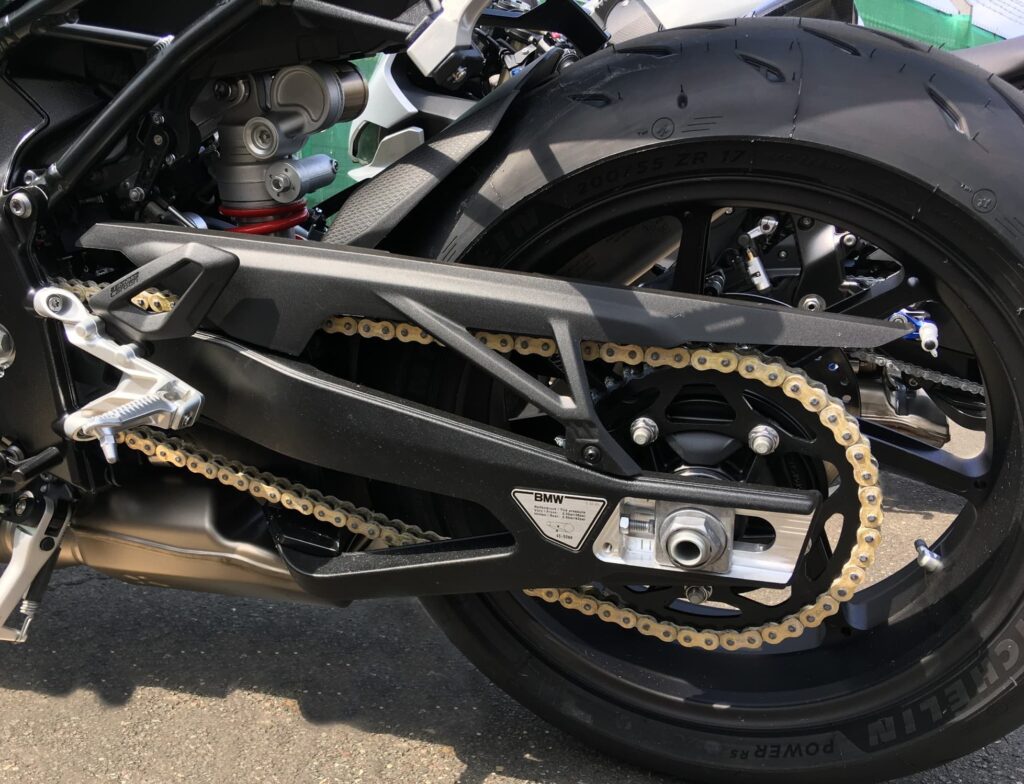- Arabic
- French
- Russian
- Spanish
- Portuguese
- Turkish
- Armenian
- English
- Albanian
- Amharic
- Azerbaijani
- Basque
- Belarusian
- Bengali
- Bosnian
- Bulgarian
- Catalan
- Cebuano
- Corsican
- Croatian
- Czech
- Danish
- Dutch
- Afrikaans
- Esperanto
- Estonian
- Finnish
- Frisian
- Galician
- Georgian
- German
- Greek
- Gujarati
- Haitian Creole
- hausa
- hawaiian
- Hebrew
- Hindi
- Miao
- Hungarian
- Icelandic
- igbo
- Indonesian
- irish
- Italian
- Japanese
- Javanese
- Kannada
- kazakh
- Khmer
- Rwandese
- Korean
- Kurdish
- Kyrgyz
- Lao
- Latin
- Latvian
- Lithuanian
- Luxembourgish
- Macedonian
- Malgashi
- Malay
- Malayalam
- Maltese
- Maori
- Marathi
- Mongolian
- Myanmar
- Nepali
- Norwegian
- Norwegian
- Occitan
- Pashto
- Persian
- Polish
- Punjabi
- Romanian
- Samoan
- Scottish Gaelic
- Serbian
- Sesotho
- Shona
- Sindhi
- Sinhala
- Slovak
- Slovenian
- Somali
- Sundanese
- Swahili
- Swedish
- Tagalog
- Tajik
- Tamil
- Tatar
- Telugu
- Thai
- Turkmen
- Ukrainian
- Urdu
- Uighur
- Uzbek
- Vietnamese
- Welsh
- Bantu
- Yiddish
- Yoruba
- Zulu
Верас . 23, 2024 21:15 Back to list
Understanding the Importance of Timing Belt Tensioners for Engine Performance and Longevity
Understanding Timing Belt Tensioners Essential Components for Engine Performance
The timing belt tensioner is a crucial component in an internal combustion engine that plays a significant role in ensuring optimal performance. It is responsible for maintaining the proper tension of the timing belt, a key element that synchronizes the rotation of the engine's crankshaft and camshaft. This synchronization is vital for the engine’s overall functionality, affecting valve timing and ultimately influencing engine power, efficiency, and emissions.
Timing belts are typically made of rubber and are equipped with teeth that grip the sprockets connected to the crankshaft and camshaft. Over time, the tension of the timing belt can decrease due to wear and tear, leading to slippage or even belt failure. This is where the timing belt tensioner comes into play. It uses a spring mechanism to maintain consistent tension on the belt, preventing it from becoming too loose or too tight. If the tensioner fails, it can result in a range of issues, from poor engine performance to catastrophic engine damage.
There are various types of timing belt tensioners, including hydraulic and mechanical varieties. Hydraulic tensioners utilize engine oil pressure to adjust and maintain tension automatically, which allows for more precise control and reduces the risk of human error during installation. On the other hand, mechanical tensioners require manual adjustments to set the belt's tension, making the installation process slightly more complex.
timing belt tensioner

Regular maintenance and inspection of the tensioner and timing belt are critical for ensuring the longevity and reliability of the engine. A worn timing belt or a faulty tensioner can lead to severe consequences, including bent valves, damaged pistons, and ultimately, an engine overhaul. Drivers are often advised to follow the manufacturer’s recommendations for timing belt replacement intervals, typically ranging from 60,000 to 100,000 miles, depending on the vehicle model and driving conditions.
Symptoms of a failing timing belt tensioner can include unusual noises such as whining or squeaking, visible wear on the timing belt, or even a check engine light. If a driver notices these signs, they should have their vehicle inspected immediately. Timely intervention can save both money and time, preventing extensive engine damage that could occur from a tensioner failure.
In conclusion, the timing belt tensioner is a small but mighty component in the mechanical orchestra of an engine. Its role in maintaining the correct tension of the timing belt cannot be understated; it is essential for the engine's performance and longevity. Regular maintenance and vigilance can go a long way toward ensuring that this vital part continues to function efficiently, thus maintaining the heart of any vehicle—the engine.
-
Korean Auto Parts Timing Belt 24312-37500 For Hyundai/Kia
NewsMar.07,2025
-
7PK2300 90916-T2024 RIBBED BELT POLY V BELT PK BELT
NewsMar.07,2025
-
Chinese Auto Belt Factory 310-2M-22 For BMW/Mercedes-Benz
NewsMar.07,2025
-
Chinese Auto Belt Factory 310-2M-22 For BMW/Mercedes-Benz
NewsMar.07,2025
-
90916-02660 PK Belt 6PK1680 For Toyota
NewsMar.07,2025
-
drive belt serpentine belt
NewsMar.07,2025

